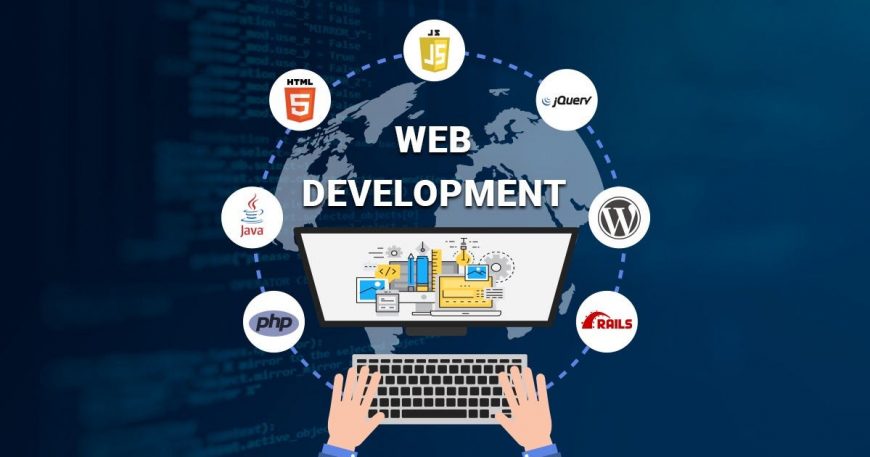Website Design & Development by Shavi Soft Solutions
In today’s digital landscape, a company’s website is often the first point of contact with potential customers. A well-designed and developed website can make a lasting impression, drive business growth, and establish a strong online presence.
Importance of Website Design & Development
A website is crucial for:
1. Establishing credibility: A professional website builds trust with customers.
2. Increasing visibility: A website helps businesses reach a wider audience.
3. Driving sales: A website can generate leads and convert them into customers.
4. Providing information: A website serves as a central hub for company information.
Website Design Principles
Effective website design incorporates:
1. User experience (UX): Creating an intuitive and user-friendly interface.
2. Visual appeal: Using colors, typography, and imagery to create a visually appealing design.
3. Responsiveness: Ensuring the website adapts to various devices and screen sizes.
4. Accessibility: Designing for users with disabilities and ensuring compliance with accessibility standards.
Website Development Process
The development process typically involves:
1. Planning: Defining project scope, goals, and timeline.
2. Design: Creating wireframes, prototypes, and high-fidelity designs.
3. Development: Building the website using HTML, CSS, JavaScript, and other technologies.
4. Testing: Conducting thorough testing for functionality, usability, and performance.
5. Launch: Deploying the website to a production environment.
6. Maintenance: Providing ongoing support and updates.
Website Development Technologies
Common technologies used in website development include:
1. Front-end development: HTML, CSS, JavaScript, and frameworks like React and Angular.
2. Back-end development: Server-side languages like PHP, Python, and Ruby, and frameworks like Laravel and Django.
3. Content management systems (CMS): Platforms like WordPress, Joomla, and Drupal.
4. Databases: Relational databases like MySQL and PostgreSQL, and NoSQL databases like MongoDB.
Website Design Trends
Current design trends include:
1. Minimalism: Simple and clean designs that focus on content.
2. Dark mode: Using dark backgrounds and light text to reduce eye strain.
3. Micro-interactions: Small animations and effects that enhance user experience.
4. Personalization: Tailoring the website experience to individual users.
Website Development Best Practices
Best practices include:
1. Security: Implementing security measures to protect user data.
2. Performance optimization: Ensuring fast page loads and smooth performance.
3. Search engine optimization (SEO): Optimizing the website for search engines.
4. Mobile-friendliness: Ensuring the website is accessible and usable on mobile devices.
Website Maintenance and Support
Ongoing maintenance and support are crucial for:
1. Security updates: Keeping the website secure and up-to-date.
2. Content updates: Fresh content and regular updates.
3. Performance monitoring: Ensuring the website performs optimally.
4. Backup and recovery: Regular backups and disaster recovery plans.
Conclusion
A well-designed and developed website is essential for businesses to establish a strong online presence. By understanding the importance of website design and development, Shavi Soft Solutions can create effective websites that drive growth, engagement, and conversions.



